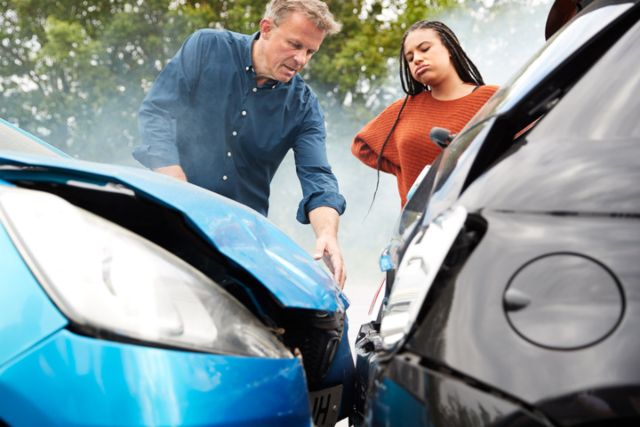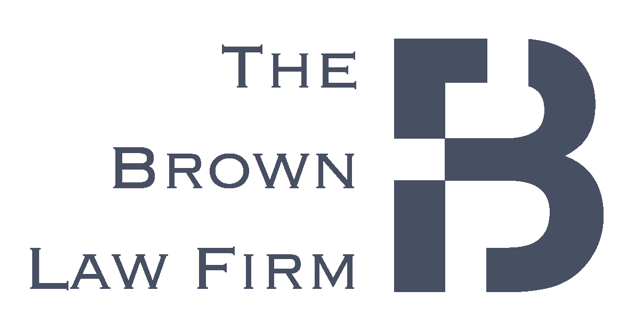
Comparative Negligence – What Is It & How Does It Affect Your Case?
Negligence is the basis of personal injury lawsuits. Ideally, you must show that someone else was responsible for you getting hurt for the court to award you compensation.
However, it isn’t always as simple or straightforward as that. For the sake of fairness and justice, the Colorado justice system seeks to establish each party’s degree of fault and negligence under a concept known as comparative negligence. Here is a brief overview of how this law works and how it will affect your case and settlement.
What is Comparative Negligence?
Comparative negligence is a tort rule used for allocating damages when both parties (the defendant and plaintiff) are at fault. Under this law, the court determines each party’s degree of fault and assigns them their level of negligence, a percentage, such as 60%/40% or 70%/30%. This determination is then used to award each party a fair compensation amount.
Comparative Negligence in Practice
Consider an accident involving two vehicles, both of which share fault. The first vehicle turns left on a red light, while the second vehicle comes speeding through the intersection at five miles over the recommended speed limit.
The first driver’s fault is ignoring the red light, while the second driver’s fault is speeding at five miles over the speed limit. Both drivers are at fault, but the first driver bears most responsibility for running a red light – the second driver was going to drive through the intersection regardless of whether or not they were speeding. In this case, the court can assign the first driver 80% of the fault and the second driver 20% of the blame.
Now suppose that the second driver was injured, and the court has awarded them $100,000 in compensation. In that case, the driver will receive 80% of the compensation amount, totaling $80,000.
How Will Comparative Negligence Affect Your Settlement?
As demonstrated in the example given above, comparative negligence will determine your final compensation amount. Essentially, the settlement amount will reduce as your level of fault increases, and you will not have a claim if you were 50% at fault.
Fortunately, you can still maximize the settlement amount by strengthening your case against the defendant. You can do this in two ways:
- Collecting & Presenting Evidence
Evidence is the basis for settling every case. For example, in the example given earlier, footage from traffic cameras, witnesses, and your car’s dashboard would be crucial evidence as it would show exactly what happened. Eyewitness testimonies would also be compelling evidence in the absence of video footage of the accident.
As such, it is advisable to collect as much evidence as possible. You may be incapable of doing this if you were hurt in the accident, but your lawyer can do it for you.
- Making a Convincing Argument
Most personal injury cases don’t go to full trial, but those that do are decided by a judge or jury. Judges and juries consider more than just evidence when assigning fault and awarding compensation – they are also swayed by your emotional appeals.
In this case, it is important to present a convincing argument placing the blame squarely on the defendant. It is also important to highlight the injuries you sustained and the resulting effects, including financial losses and physical and emotional suffering. You will also need a talented attorney to help you present an appealing case.
Conclusion
As mentioned several times, a personal injury attorney can help you present an appealing case to minimize your fault and maximize your compensation. That is our goal here at Brown Law Firm.
We have talented attorneys who will jump at the opportunity to take your case, and our company has extensive knowledge of and experience with the Colorado justice system. Get in touch today to learn more about how we can help.
